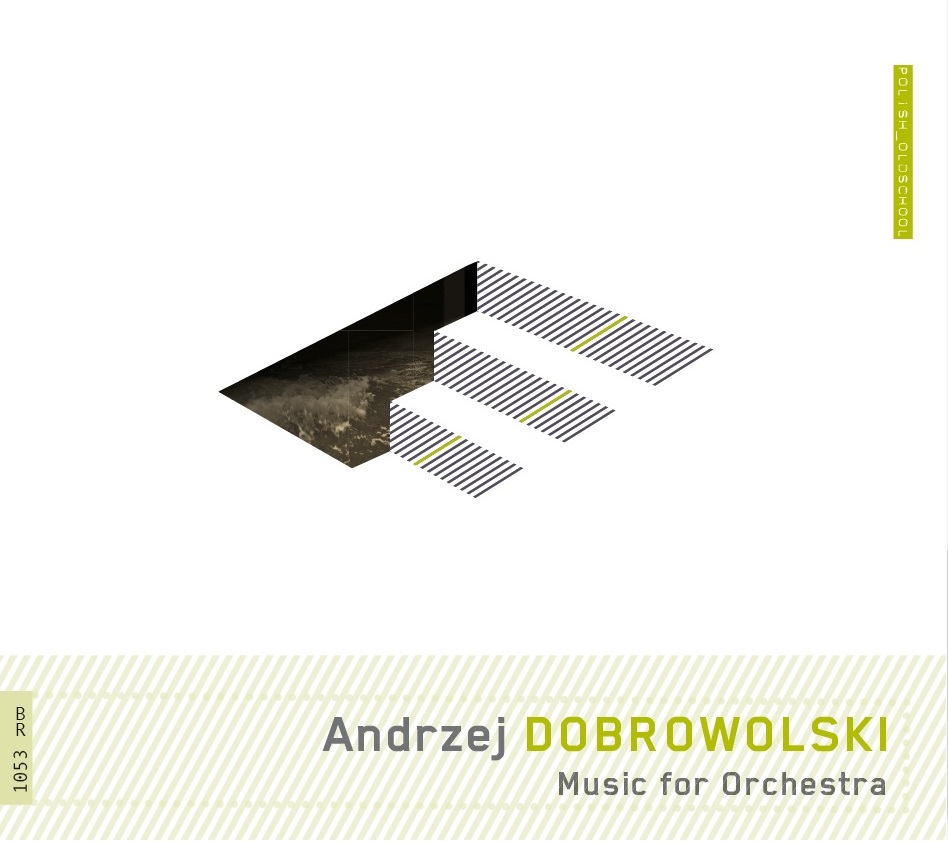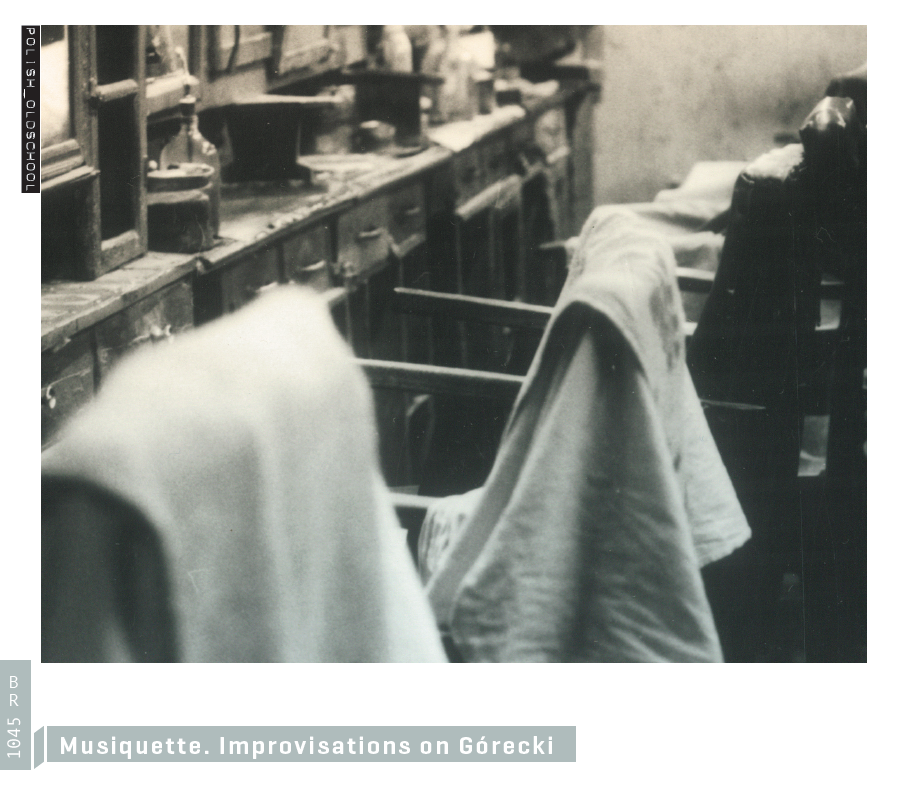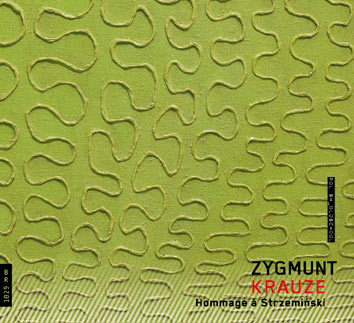
Roman Haubenstock-Ramati Decisions / Study in Form (Ablinger/ Fell / Friedl / LehnRoman Haubenstock-Ramati noticed the limitations of the serial method at an early stage of his creative work. According to him, the key problem was in the following paradox: works created according to the method gave their authors the status of a creator in total control over their material, and at the same time submitted them to the dictates of rigorous solutions imposed by the logic of the procedure. Such pieces, thus, did not limit discoveries in material, but definitely impacted the inventiveness of the form. For Haubenstock-Ramati, the distinction between matter and form, and between the fundamentally different methods of their development (through discovery and invention, respectively), became a starting point for his departure from the serial method. The ban on repetition was a limitation which most prominently hindered invention at the level of form. Haubenstock-Ramati saw potential in inspirations drawn from beyond the sphere of music. His encounter with Alexander Calder’s mobiles became his catalyst. This Paris-based American sculptor developed a method of creating suspended forms which, when moved by air, constantly changed their configurations and positions. A mobile is, therefore, a set of possibilities planned by the author that assume different forms depending on external conditions. The composer imagined each of such components as a closed form that becomes dynamic in relation to other closed forms. This kind of arrangement of components allows repetition as a method of exploring different properties of such forms, because the performance of the forms supposes that different properties will become apparent (audible) depending on the context in which they are presented. It can be compared to the process of looking at a sculpture: the time taken to walk around it allows us to experience not different forms, but different aspects of the same form. And, yet again, the topological metaphor returns and introduces the third dimension into musical scores.

.png)
.png)















